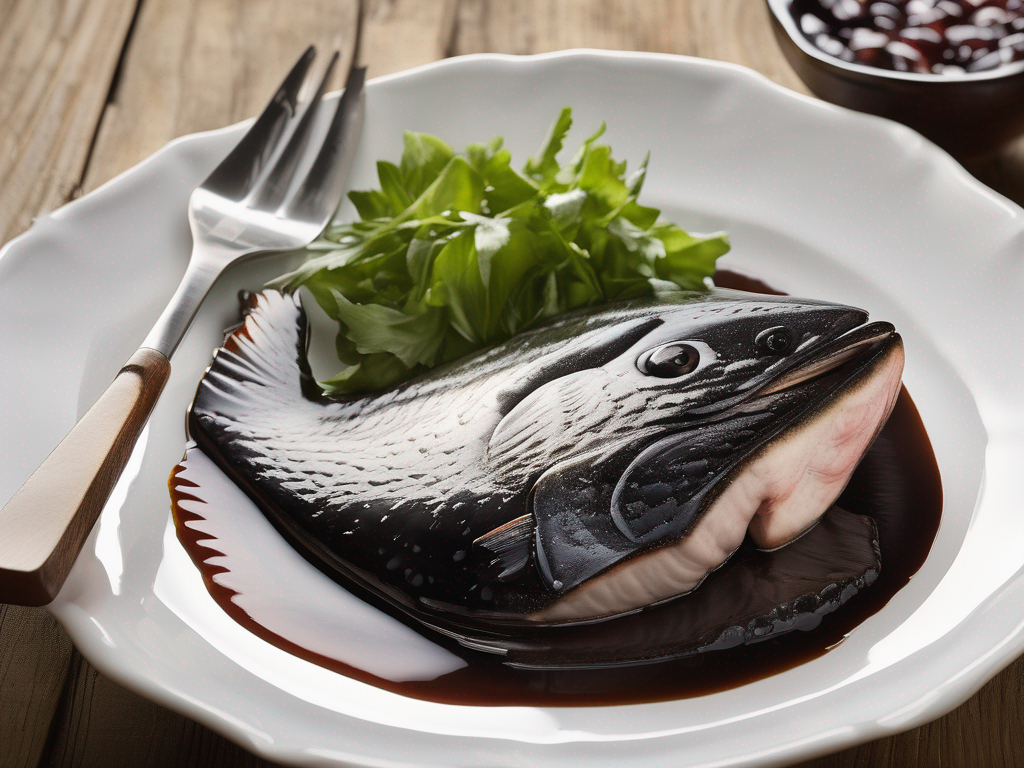
How to Store Alaska Blackfish to Prevent Spoilage
How to Store Alaska Blackfish to Prevent Spoilage
Alaska Blackfish is a popular and delicious fish known for its mild flavor and versatility in cooking. To fully enjoy its taste and nutritional benefits, proper storage is crucial to prevent spoilage and maintain freshness. In this comprehensive guide, we will explore the best practices for storing Alaska Blackfish to ensure its quality and safety. (Alaska blackfish)
Food Storage Essentials
Products that help you store and preserve your food better
Disclosure: As an Amazon Associate, we earn from qualifying purchases. This helps support our site and allows us to continue providing free food safety information.
Understanding Alaska Blackfish
Before delving into storage tips, let's briefly discuss Alaska Blackfish. This species is commonly found in freshwater bodies across Alaska and is a staple in many Alaskan cuisines. Alaska Blackfish is rich in protein, omega-3 fatty acids, and essential nutrients, making it a healthy choice for seafood lovers.
Importance of Proper Storage
Proper storage of Alaska Blackfish is essential to prevent bacterial growth, maintain freshness, and prolong shelf life. Improper storage conditions can lead to spoilage, foodborne illnesses, and a decline in quality. By following the right storage practices, you can enjoy your Alaska Blackfish at its best.
Factors Affecting Spoilage
Several factors can contribute to the spoilage of Alaska Blackfish:
- Temperature fluctuations
- Exposure to air and light
- Cross-contamination with other foods
- Improper packaging
Understanding these factors is key to implementing effective storage methods.
Tips for Storing Alaska Blackfish
Recommended Food Storage Products
Keep your food fresh and organized with these storage solutions
Disclosure: As an Amazon Associate, we earn from qualifying purchases. This helps support our site and allows us to continue providing free food safety information.
To ensure the longevity and quality of your Alaska Blackfish, follow these practical tips:
1. Refrigeration
- Store Alaska Blackfish in the coldest part of the refrigerator, ideally below 40°F (4°C).
- Use an airtight container or wrap the fish tightly in plastic wrap to prevent exposure to air and odors.
- Consume fresh Alaska Blackfish within 2-3 days of purchase to maintain optimal freshness.
2. Freezing
- If you're not planning to consume the Alaska Blackfish immediately, consider freezing it.
- Wrap the fish in moisture-proof freezer bags or vacuum-sealed packages to prevent freezer burn.
- Label the packages with the date of freezing to track freshness.
- Frozen Alaska Blackfish can last up to 3-4 months without compromising quality.
3. Thawing
- When ready to use frozen Alaska Blackfish, thaw it in the refrigerator overnight.
- Avoid thawing fish at room temperature to prevent bacterial growth.
- Use thawed fish within 1-2 days for the best taste and texture.
4. Proper Handling
- Wash your hands thoroughly before and after handling Alaska Blackfish to prevent contamination.
- Use separate cutting boards and utensils for raw fish to avoid cross-contamination with other foods.
- Clean and sanitize all surfaces that come in contact with the fish to maintain hygiene.
5. Odor Control
- Alaska Blackfish can absorb odors easily, so store it away from strong-smelling foods like onions and garlic.
- Consider using odor-absorbing products like activated charcoal in the refrigerator to neutralize any fishy smells.
Conclusion
In conclusion, proper storage is essential for maintaining the freshness and quality of Alaska Blackfish. By following the tips outlined in this guide, you can enjoy this delicious fish without the risk of spoilage or foodborne illnesses. Remember to refrigerate or freeze Alaska Blackfish promptly, handle it with care, and pay attention to storage conditions to ensure a delightful dining experience every time.
For more information on Alaska Blackfish and other food safety tips, visit [alaska blackfish](/food/alaska blackfish). Happy cooking! (Alaska blackfish)
Related Posts
Here are some other articles you might find helpful:
Food Storage Essentials We Love
Products that help you store and preserve your food better
Disclosure: As an Amazon Associate, we earn from qualifying purchases. This helps support our site and allows us to continue providing free food safety information.
Scan your food directly and get instant safety info using our AI-powered camera feature.




